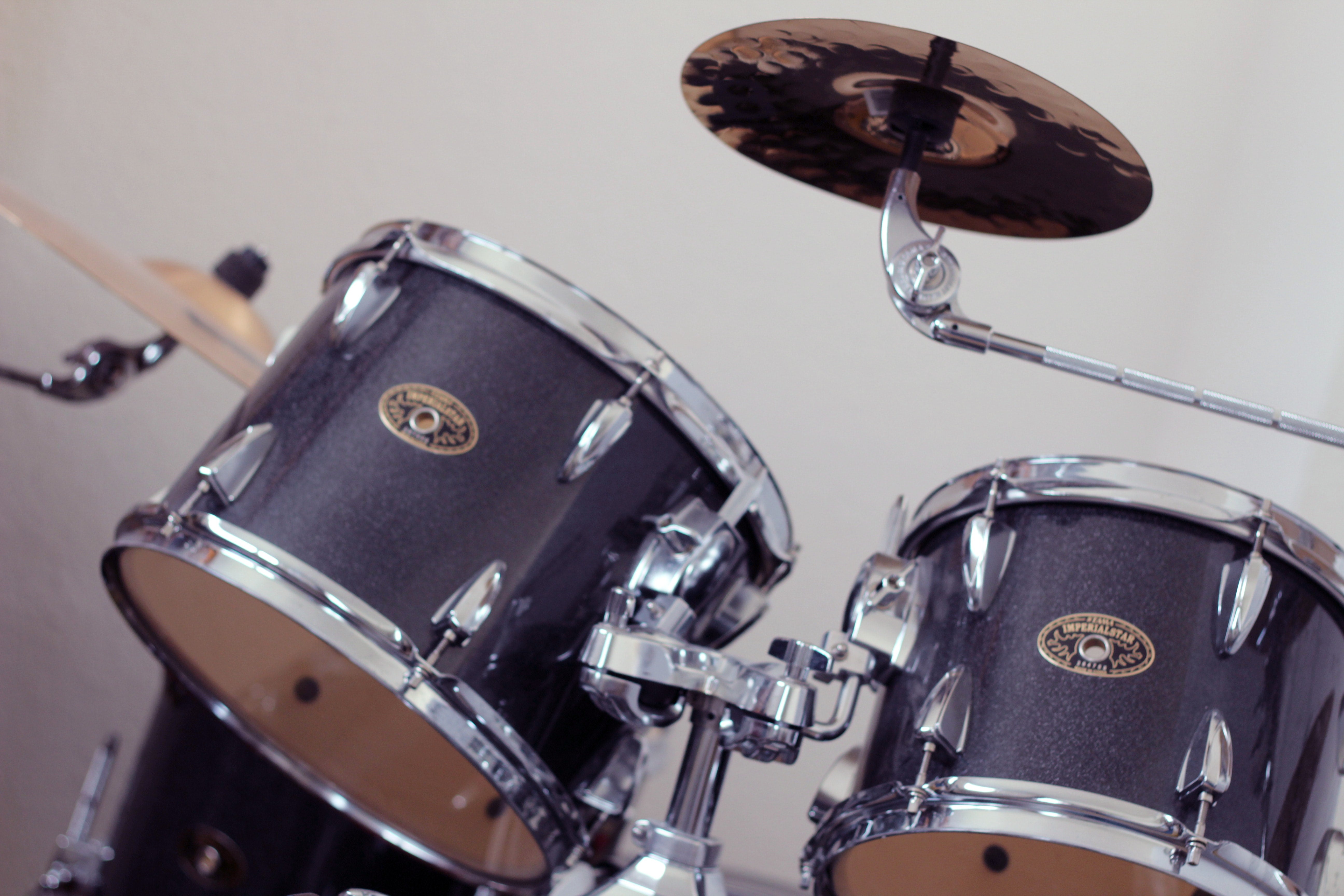Scientists build drums that use quantum entanglement to beat in perfect time
The drums could be used as nodes of a quantum computers

Scientists have built a pair of minuscule drums that move at precisely the same time because their particles are inherently linked together.
This phenomena is known as quantum entanglement, when properties of subatomic particles share a common state like position, or velocity. Big objects do not behave in this way, and act according to the “classical mechanics” first posited by Sir Isaac Newton, but smaller ones act more strangely due to quantum mechanics.
Using this knowledge, physicists from the National Institute of Standards and Technology (NIST) were able to use microwave pulses to push one drum to beat in perfect time with the other.
On a quantum level, the size of these drums is subatomically massive. The aluminium membranes, suspended above sapphire mats, are 20 micrometers wide by 14 micrometers long and 100 nanometers thick – weighing about 70 picograms, which corresponds to about one trillion atoms.
“If you analyse the position and momentum data for the two drums independently, they each simply look hot,” NIST physicist John Teufel said.
“But looking at them together, we can see that what looks like random motion of one drum is highly correlated with the other, in a way that is only possible through quantum entanglement.”
Through this entanglement – achieved through a complex process of cooling the drums down and sending pulses at them to have them move concurrently – the researchers could measure one drum and know precisely the state of the other one, their positions and speeds linked as if they were a single object.
The reason for the experiment’s icy chill is because at hotter temperatures the drums vibrate randomly, preventing them from becoming synchronous. Even then, the drums can only stay entangled for around 200 microseconds (0.0002 of a second), but that could be enough for the possible scientific achievements these drums could help through the development of powerful quantum computers.
Highly entangled, massive quantum systems like this might be able to be used as nodes of quantum networks. If scientists are able to measure the beat of the drums with such accuracy, it could be used to develop data transfers without a physical connection – commonly known as quantum teleportation.
Entangled systems could also be used in fundamental tests of quantum mechanics, and force sensing beyond standard quantum limits. The drums themselves – being both compressed and decompressed at the same time – can act as a qubit, a state between and including 1 and 0 that is much more powerful than the binary systems current computers are based on.
Join our commenting forum
Join thought-provoking conversations, follow other Independent readers and see their replies
Comments